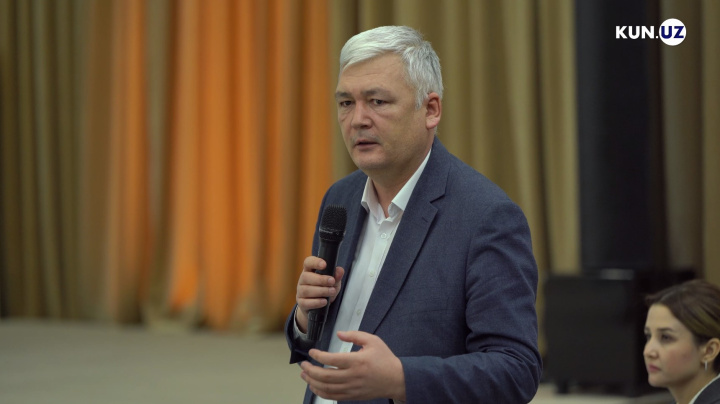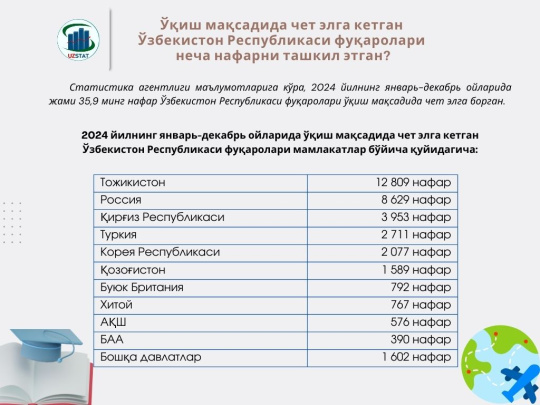Accelerated lending growth, increased budget expenditures, including higher wages and benefits, were among the main factors that supported economic activity.
“Significant growth rates of revenues from trade and paid services, retail turnover, interbank transactions and the number of transactions in the real estate market indicate a high level of consumer demand in the economy.
There is a significant increase in the dynamics of imports, which, on the one hand, is associated with an increase in domestic activity, and on the other hand, is a factor that increases demand in the foreign exchange market,” the report reads.
It is noted that cross-border money transfers are growing in accordance with the fundamental trend.
At the same time, despite faster-than-expected growth in global economic activity, uncertainty about its future development trajectory remains elevated. Against the background of relative stabilization in the world commodity markets and the exhaustion of the influence of the high base effect, a decrease in global inflation is observed. At the same time, in most countries, high core inflation is projected to continue until the end of this year.
At the same time, despite the relatively positive impact of economic changes in the countries-trading partners, the pressure on the exchange rates of the national currencies of individual countries remains, which, in turn, may have some impact on the domestic economy.





